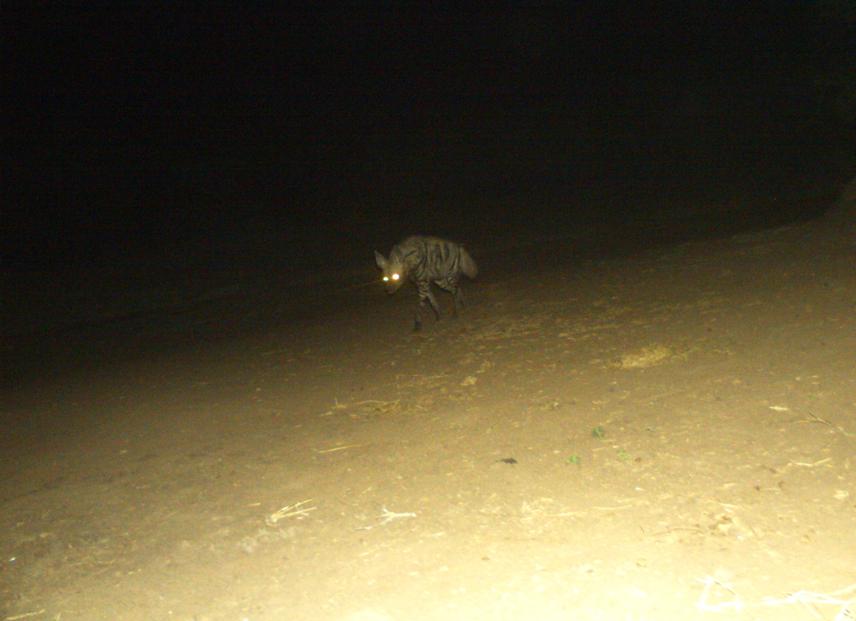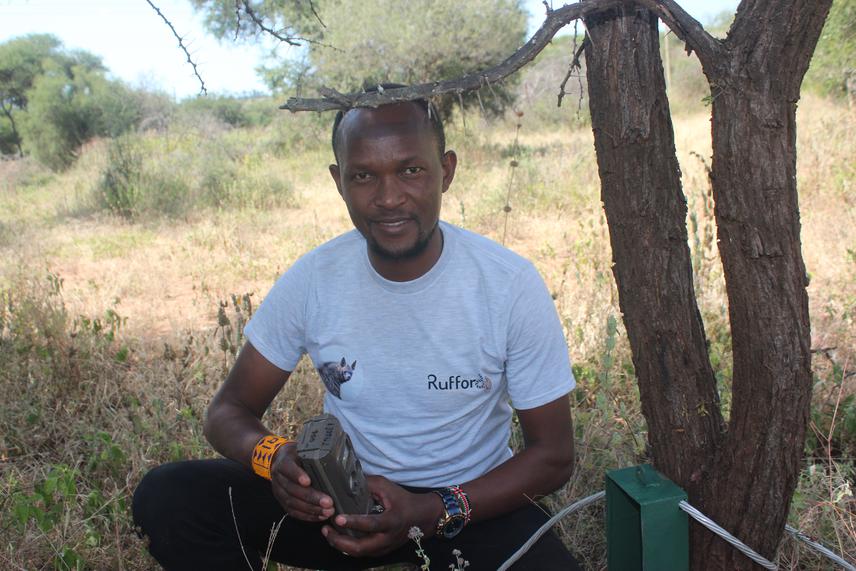Justine Robert Lukumay
The striped hyena (Hyaena hyaena) is one of the four living hyena species in the world. In Tanzania and throughout its range, striped hyenas occur at low densities. Like other large carnivores, human-wildlife conflicts threaten the survival of this species. This project is grounded in three main objectives which are firstly to assess the current population distribution of striped hyaena across the Maasai Steppe in northern Tanzania. Secondly, the project will map the conflict hotspots across the landscape. Thirdly, the project will introduce interventions to mitigate the conflicts between communities and striped hyaenas across the study area. In order to achieve the intended goals, the project will employ the use of remotely triggered camera traps and participatory rural appraisal tools to assess the population distribution of striped hyaenas. Also, collection of depredation data from livestock owners across the study area will be done in order to enable the mapping of conflict hotspots.

A striped hyena caught by a camera trap in the field. ©Justine Robert.
Furthermore, as a way to mitigate the conflicts and ensure population persistence of striped hyaena, the project will introduce improved livestock enclosures and encourage the livestock owners to adopt the technique in order to protect their livestock from carnivore attacks. The project is also aiming to design an environmental education program to be delivered to the community and school-going students in twenty schools (both primary and secondary schools) across the study area. This will help raise community’s awareness about the importance of improved enclosures in ensuring the survival of striped hyaena and other predators as well as securing the communities’ livelihood in the Maasai Steppe in northern Tanzania.

Justine setting camera traps in the field. ©Edward Philipo.
Header: a striped hyena caught by a camera traps in the field. ©Justine Robert.